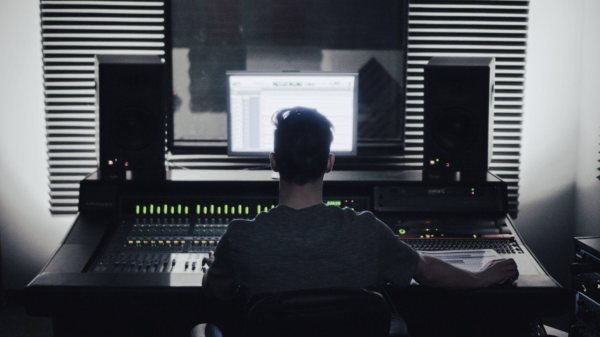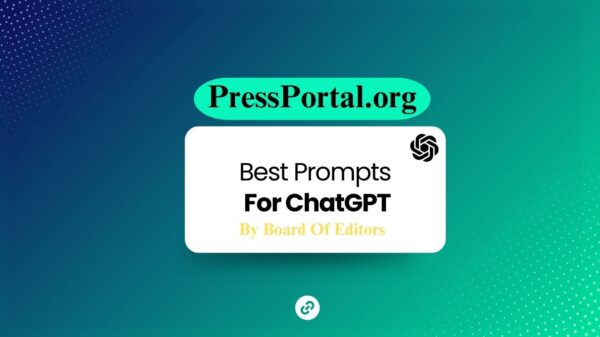Southern California has long been shaped by the essence of Chicano and cholo culture, a deeply ingrained presence that speaks to the region’s multifaceted identity. Murals and tattoos served as canvases for a range of imagery steeped this subculture — from low riders and clowns to the iconic “smile now, cry later” masks, while vending machines once dispensed prismatic stickers featuring cholas, homies, and pachucos, each paired with the name of a classic oldies song.
Explore
Explore
See latest videos, charts and news
See latest videos, charts and news
At swap meets and once-thriving CD stores, Lowrider Oldies compilations where the backdrop to nights spent cruisin’ in custom lowriders outfitted with hydraulics — at quinceañeras, damas and chamelanes arrived in similar old school cars to these. This rich tradition boomed as Black and Brown culture intertwined, with the soulful sounds of Marvin Gaye, Smokey Robinson and Brenton Wood echoing across the hood.
For Cuco, the 26-year-old singer-songwriter and multi-instrumentalist hailing from Hawthorne by way of Inglewood in L.A. county, this kind of environment shaped him. With his third studio album Ridin’, out Friday (May 9) — his “love letter to L.A.” and Chicano car culture — the artist reimagines oldies music through a modern lens, blending analog and harmonic richness to bridge generations while honoring his roots.
“The association with oldies and cars is a big thing here [in L.A.],” Coco tells Billboard Español. “I don’t know if that’s culturally relevant for the rest of the world, but I wanted it to be a thing [with my album].” He mentions that each of his upcoming visuals, for singles link “Phases” and “My 45,” will be paired with a classic car. “Obviously, this is my love letter to L.A., but I wanted it to be something that feels like it can be everywhere,” Cuco notes.
From the shimmering stylings of boleros to modern interpretations of timeless soul, Ridin’ unpacks emotion and tradition, making connections between collective nostalgia and personal experience. “[That influence] has always been there,” Cuco explains.
He adds, “There’s a lot of norteño culture out here in L.A., but also cumbias, románticas, and boleros. There’s a different part of Mexican culture blowing up, and oldies have always been around. They influenced a lot of the romantic part of my music. Many people don’t really know that. But there’s a lot of layers to me. I wanted to make an album that felt more old school.”
One of the defining cuts — of the album produced by Tom Brennick (Amy Winehouse, Mark Ronson, Bruno Mars) and mixed by Tom Elmhirst (Adele, Frank Ocean, Travis Scott) — is the title track. “’Ridin’’ was the first track that we worked on for this record, the first that Tommy made,” Cuco says. “I wanted it to feel like a nursery rhyme. There’s also that psychedelic break at the end.”
Other songs like “ICNBYH” (short for I Can’t Ever Break Your Heart) showcase the singer-songwriter’s knack for crafting infectious, big choruses that leave a lasting imprint on listeners. “The chorus feels timeless, and I really wanted to lean into my vocals,” Cuco explains. “For a lot of my older fans, it’s something that would be easier to digest before going into the rest of the album.”
His love for brown-eyed soul also shines in “Para Ti,” a Spanish-language ballad á la Ralfi Pagan. “I think my pen in Spanish is strong,” he shares. “It’s something that comes naturally. It feels like a mix between a bolero and a romántica, that I listened to a lot [too].” It’s the only song in Spanish on the album, but Cuco has also teased a deluxe version with additional tracks en español as currently being in the works.
In addition to nods to old-school greats like Barbara Lewis, including an interpolation of Lewis’ enduring ’60s hit “Hello Stranger” in “Seems So”, Cuco says that “Ralfi Pagan and Joe Bataan were on repeat a lot,” along with Smokey Robinson, Al Green and Brenton Wood. He also acknowledges newer artists blending vintage sounds with fresh perspectives, such as Thee Sacred Souls, Thee Sinseers and Los Yesterdays: “I got to work with some of those folks and meet really cool people that I look up to in that world. It was really dope.”
Emotionally, one of the album’s most striking moments comes in “My Old Friend,” a gently wistful ballad that Cuco describes as his way of connecting to life’s losses without falling into sorrow: “I wanted to write [a song] to the people that have passed away in my life. It’s something that I can still celebrate with the people that are alive around me. My cousin, who was there when I wrote the song, said, ‘Why does it feel sad, dude?’ I was like, ‘It’s not supposed to be.’ But it can be, depending on who you’re thinking about.”
Then there’s “My 45,” the only collaboration on the album. “I don’t generally work with a lot of songwriters, but for this record, a good chunk of the song is with my friend, Jean Carter,” he explains. “That’s my brother right there. We played it at the El Rey [in L.A.] at the live show, and people are geeked over that track.”
Ridin’ not only aims to connect generations through its music but also celebrates the evolution of a culture that remains alive. Or, as Cuco says: “It brings you into the world of the new oldies.”
Cuco
Courtesy Photo




























